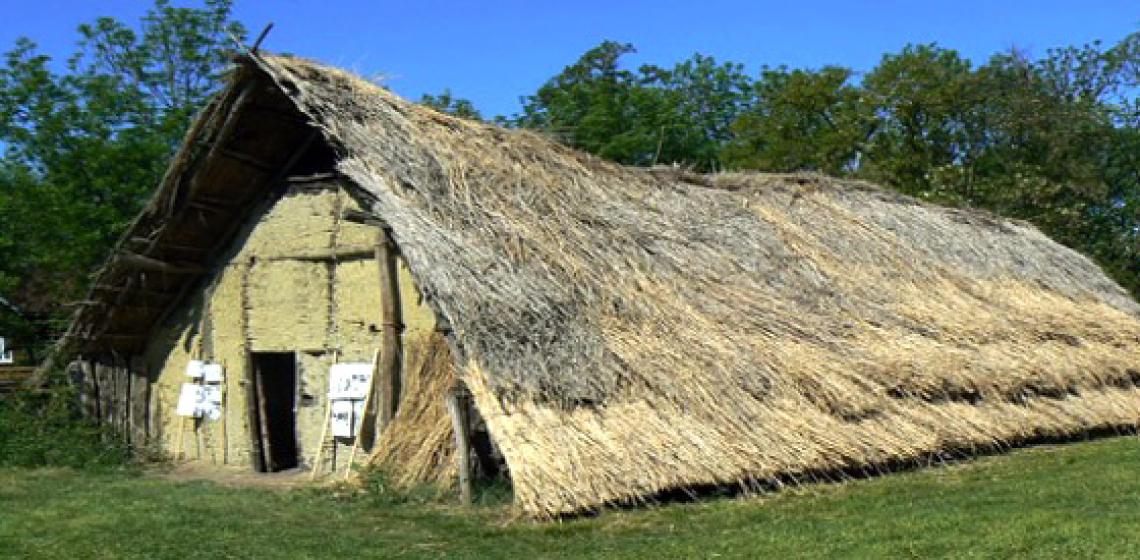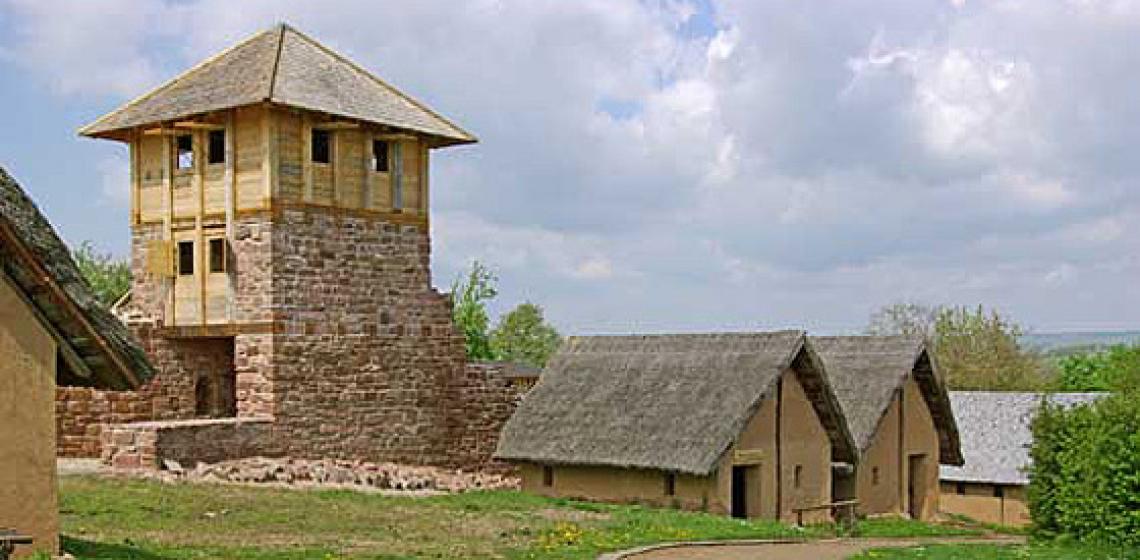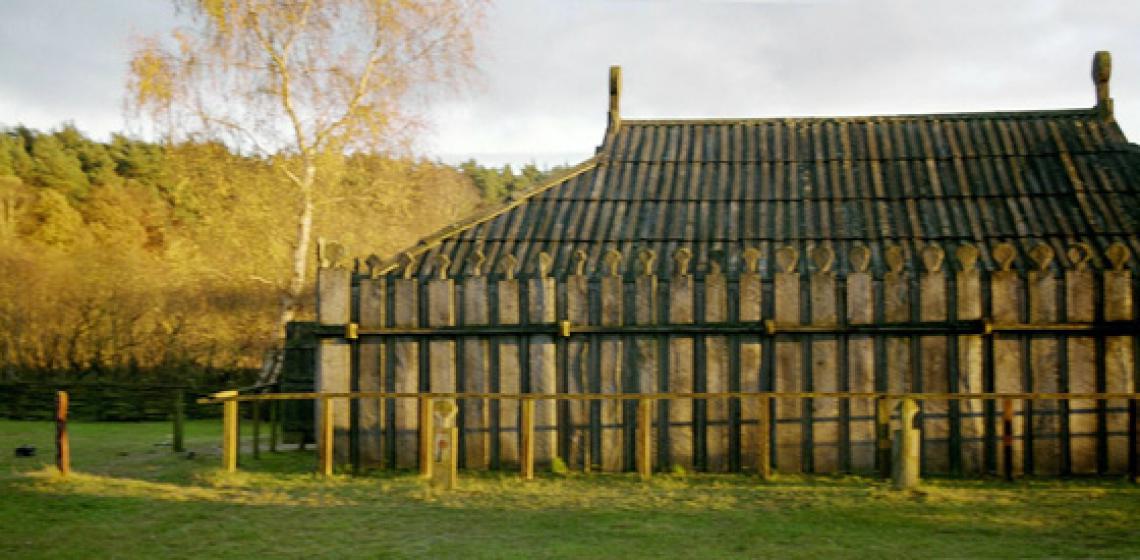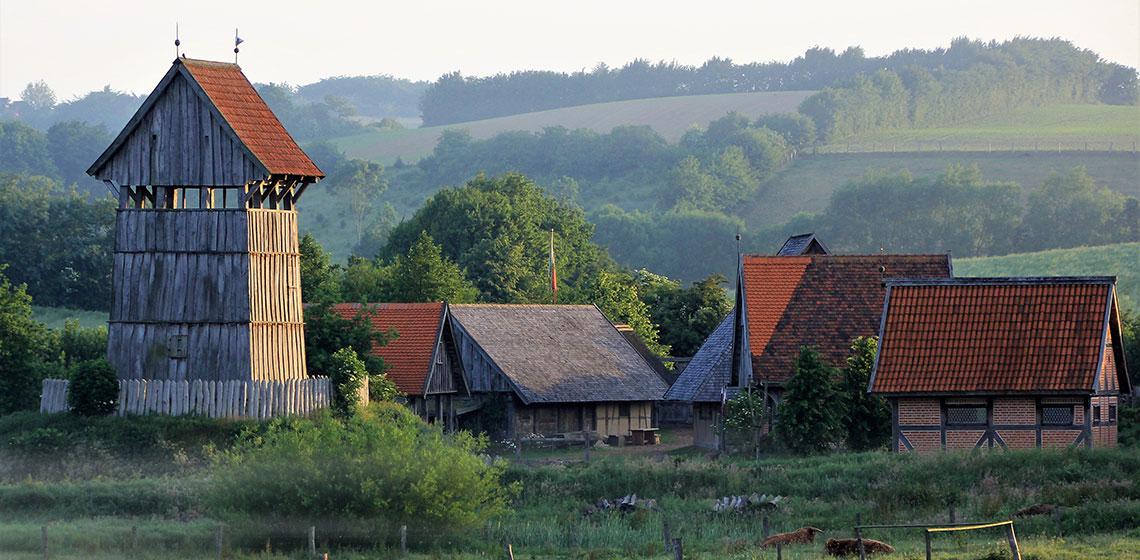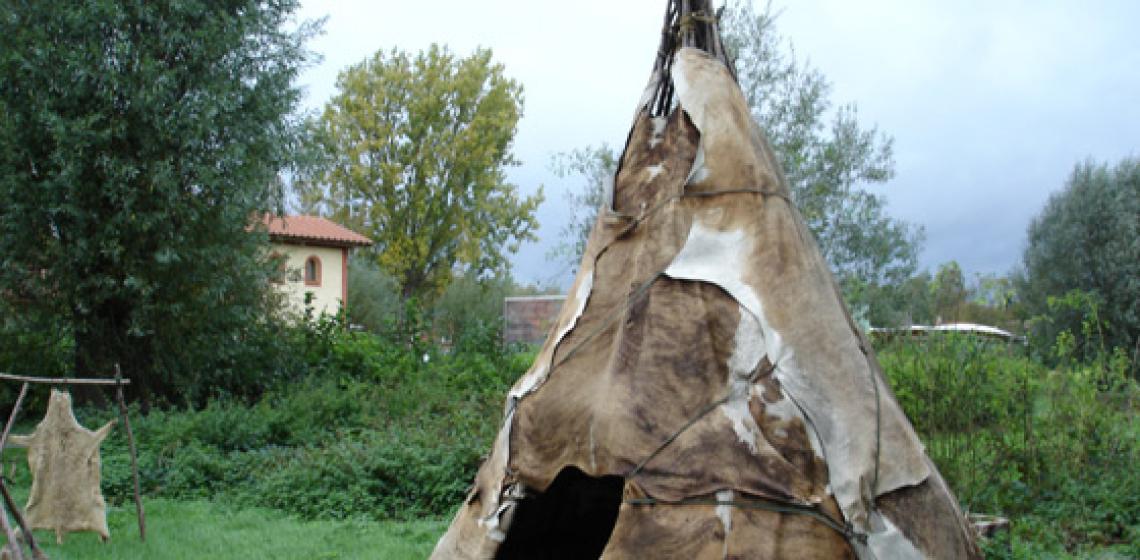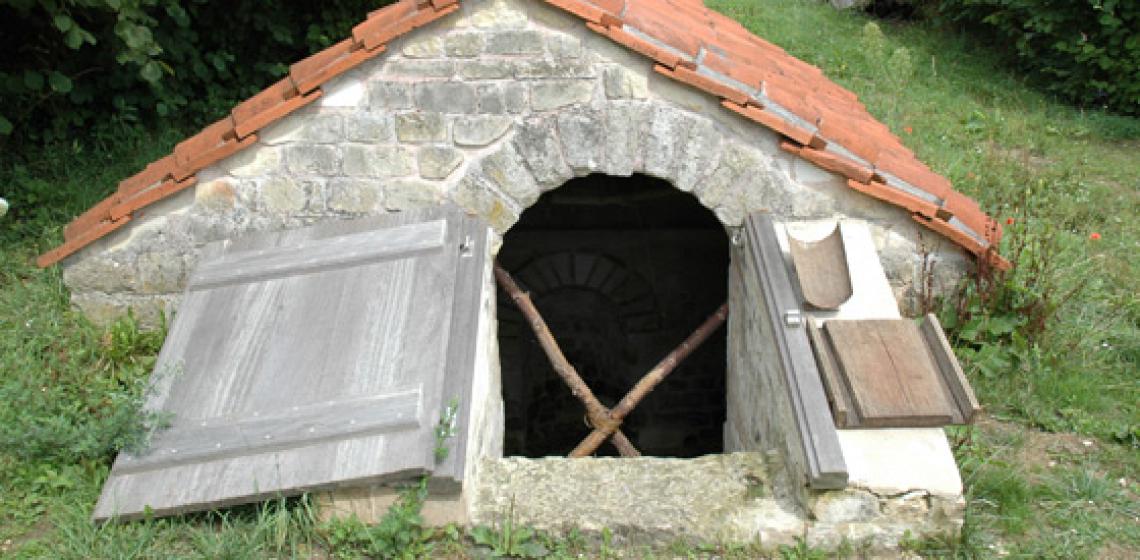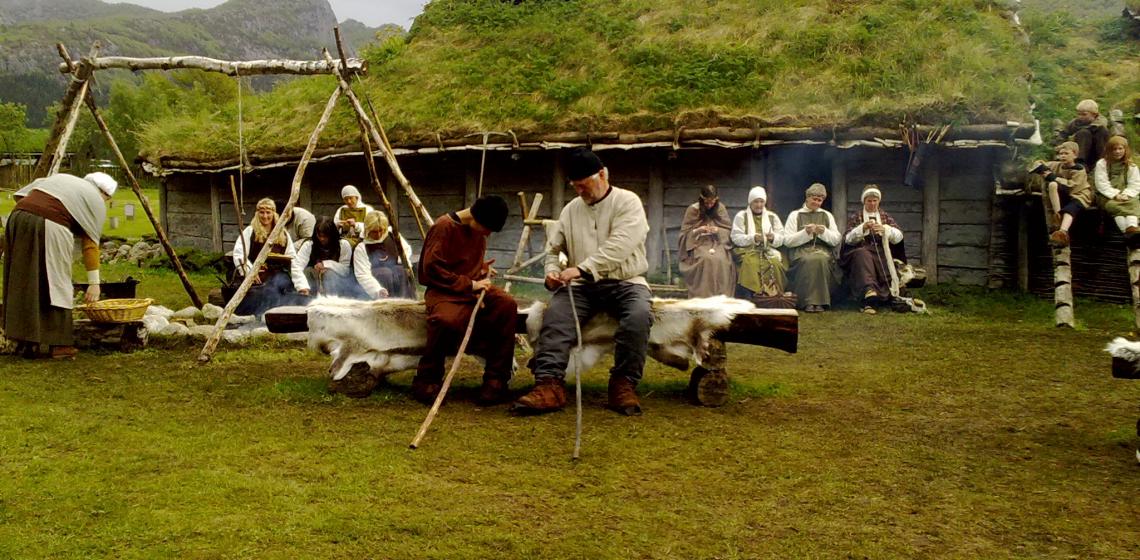Archeoskanzen Brezno (CZ)
After decades of excavations, under coordination of PhDr. Ivana Pleinerová, CS from the Archaeological Institute of the Academy of Sciences, Prague first on site experiments took place in 1981. Dwellings were constructed modelled after examples from the Neolithic, the Early Middle Ages, and the Slavonic period.
After decades of excavations, under coordination of PhDr. Ivana Pleinerová, CS from the Archaeological Institute of the Academy of Sciences, Prague first on site experiments took place in 1981. Dwellings were constructed modelled after examples from the Neolithic, the Early Middle Ages, and the Slavonic period...

